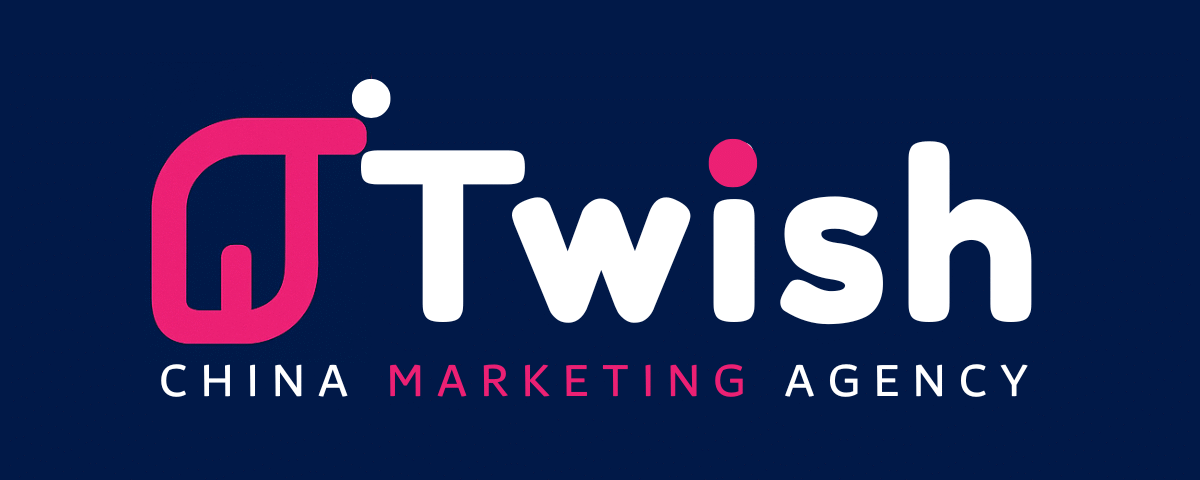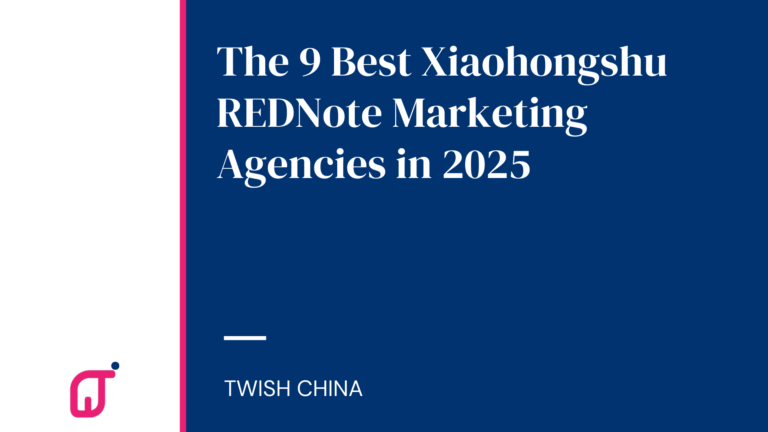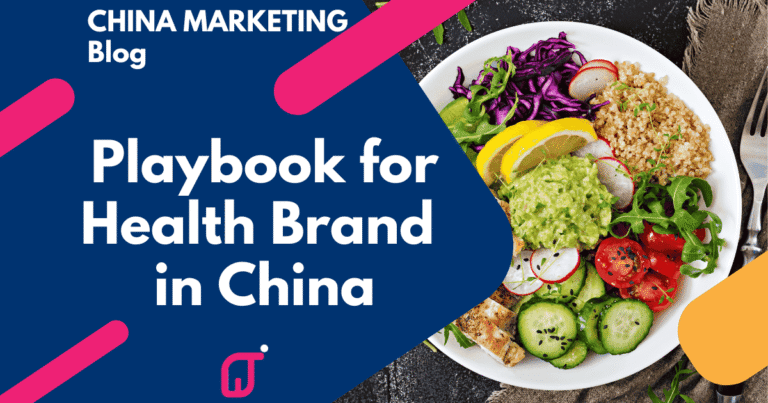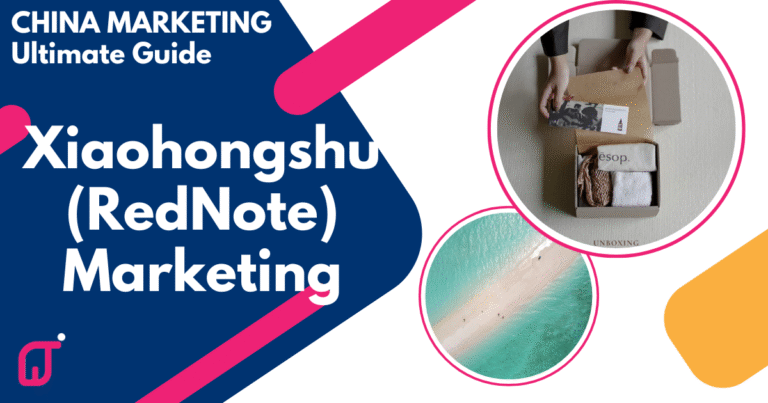Advertising on Weibo vs Xiaohongshu: Which Platform is Better for Your Brand?
Author : Jonathan Wang
Advertising on Weibo vs Xiaohongshu: Which Platform is Your Golden Ticket to China?
Let’s cut through the fluff. You’re a Western SME eyeing China’s 1.4 billion consumers. But choosing between Weibo (China’s Twitter) and Xiaohongshu (China’s Instagram+Pinterest) feels like picking between dim sum and hot pot. Both are iconic—but serve very different appetites.
Here’s the deal: Your success hinges on nailing the right platform for your audience, content, and goals. Get it wrong, and you’ll burn budgets faster than a $3 lighter. Get it right? You’ll unlock the kind of growth that turns competitors green with envy.
Let’s dive in—coffee in hand—and dissect these platforms like a Peking duck.
Round 1: Audience Demographics – Who’s Hanging Out Where?
Weibo is the Grand Central Station of Chinese social media:
- 600M+ monthly active users (that’s roughly 9x the UK population).
- Age: 18–35 dominates (58%), but spans teens to silver surfers.
- Gender: 53% female, 47% male.
- Tier 1-3 city users: High penetration in urban hubs. Huge follower-base potential
- A top spot for breaking news, celebrity culture, trending hashtags — Think Twitter + Facebook + Reddit combined.
- Strong for big campaigns, KOL (Key Opinion Leader) collaborations, and mass brand awareness.
Xiaohongshu is the chic boutique café:
- 300M+ monthly users (smaller, but fiercely loyal).
- Age: 70% aged 20–40
- Gender: 70% female (think: urban millennials with disposable income).
- Interests: Beauty, fashion, travel, luxury goods, skincare, wellness and food —Think Instagram + Pinterest + TripAdvisor reviews.
- Built on user-generated content (UGC) and authentic word-of-mouth.
Real Talk: If you’re selling beard oil or financial services, Weibo’s your jam. Launching a vegan skincare line? Xiaohongshu’s audience will swipe right.
Round 2: Content Styles – What Works (And What Flops)
Weibo = Fast Food
- Speed: Trends explode here. Remember when #BalenciagaTrashBag went viral? Weibo’s hashtag-driven feed spreads news, memes, and celebs faster than a Shanghai bullet train.
- Content Types: Text-heavy posts, videos, and live streams. Great for announcements, PR, or leveraging KOLs (Key Opinion Leaders).
- Case Study Win: A UK beverage brand partnered with a Weibo fitness KOL for a summer campaign. Result? 1.2M views in 48 hours and a 300% spike in Taobao searches. 👉Case Study on Beverage Campaign
Xiaohongshu = Organic Farm-to-Table
- Trust-Driven: Users crave authentic reviews, tutorials, and “day-in-my-life” content. No hard sells—subtlety is king.
- Content Types: High-res photos, unboxing videos, and user testimonials. Hashtags like #OOTD (Outfit of the Day) or #CleanBeauty thrive.
- Case Study Win: A Canadian skincare startup used nano-influencers (5K–50K followers) to share honest reviews. Sales jumped 60%+ in 3 months—with zero paid ads. 👉Case Study on Skincare Brand
Round 3: Advertising ROI – Where Do You Get More Bang for Your RMB?
Let’s talk numbers:
| Metric | Xiaohongshu | |
|---|---|---|
| Avg. CPC | $0.50–$1.80 | $0.90–$3.20 |
| Avg. CPM | $6.5–£22 | $12–$30 |
| Engagement Rate | 1.2% | 4.5% |
Weibo Pros:
- Wider reach for brand awareness.
- Viral potential with hashtags and trending topics.
- Ideal for time-sensitive campaigns (e.g., product launches).
- Strong influencer ecosystem for macro-KOL collabs.
- Flexible ad formats (banner, promoted posts, video).
Weibo Cons:
- Feels crowded and noisy.
- Shorter attention span—users scroll quickly.
- Engagement can be shallow if not backed by strong content strategy.
So, if your goal is “let’s announce we’ve arrived”, Weibo works. It’s the billboard in Times Square of Chinese social.
Engagement can be shallow if not backed by strong content strategy.
Xiaohongshu Pros:
- Higher engagement and trust through reviews and notes
- Better for niche products with passionate communities.
- Micro and mid-tier influencers drive strong ROI.
- Perfect for lifestyle, beauty, fashion, wellness, consumer goods.
- Higher conversion for purchase-driven campaigns, especially with vertical live-streamer
Xiaohongshu Cons:
Cons of Xiaohongshu advertising:
- Smaller user base (compared to Weibo).
- Takes longer to build momentum.
- Content standards are higher: photography, storytelling, authenticity all matter.
If your brand needs long-term trust and sustainable sales, Xiaohongshu acts like that loyal friend recommending your brand to thousands.
Real Talk: Which One Should SMEs Choose?
Here’s the blunt truth: Weibo works great for awareness; Xiaohongshu works best for conversions.
If you’re in skincare, fashion, beauty, supplements, or lifestyle products → Start with Xiaohongshu.
If you’re in finance, celebrity, or massive consumer campaigns → Start with Weibo.
If you want both reach and trust → Mix them, like a sales funnel. Use Weibo for exposure, Xiaohongshu to nurture buyers.
FAQ: Your Burning Questions, Answered
The Verdict for Weibo vs Xiaohongshu? It’s Not Either/Or—It’s Strategy
If your goal is brand awareness and riding trends: Weibo is your megaphone.
If you’re targeting urban women and building trust: Xiaohongshu is your soulmate.
But here’s the kicker: The top 10% of brands in China use both. They blast announcements on Weibo, then dive deep into Xiaohongshu communities to build loyalty.
Ready to Win in China Without the Headache?
We get it—navigating Chinese social media feels like decoding the Da Vinci Code. That’s where we come in.
At Twish, we’ve run 50+ campaigns for SMEs like yours. From KOL partnerships across various platforms(Weibo, Douyin, Bilibili, etc ) to Xiaohongshu/REDNote content strategies, we’ll make your brand the talk of Shanghai.
Hit “Contact Us” and let’s chat over (virtual) coffee. First strategy call? On us.








One Comment